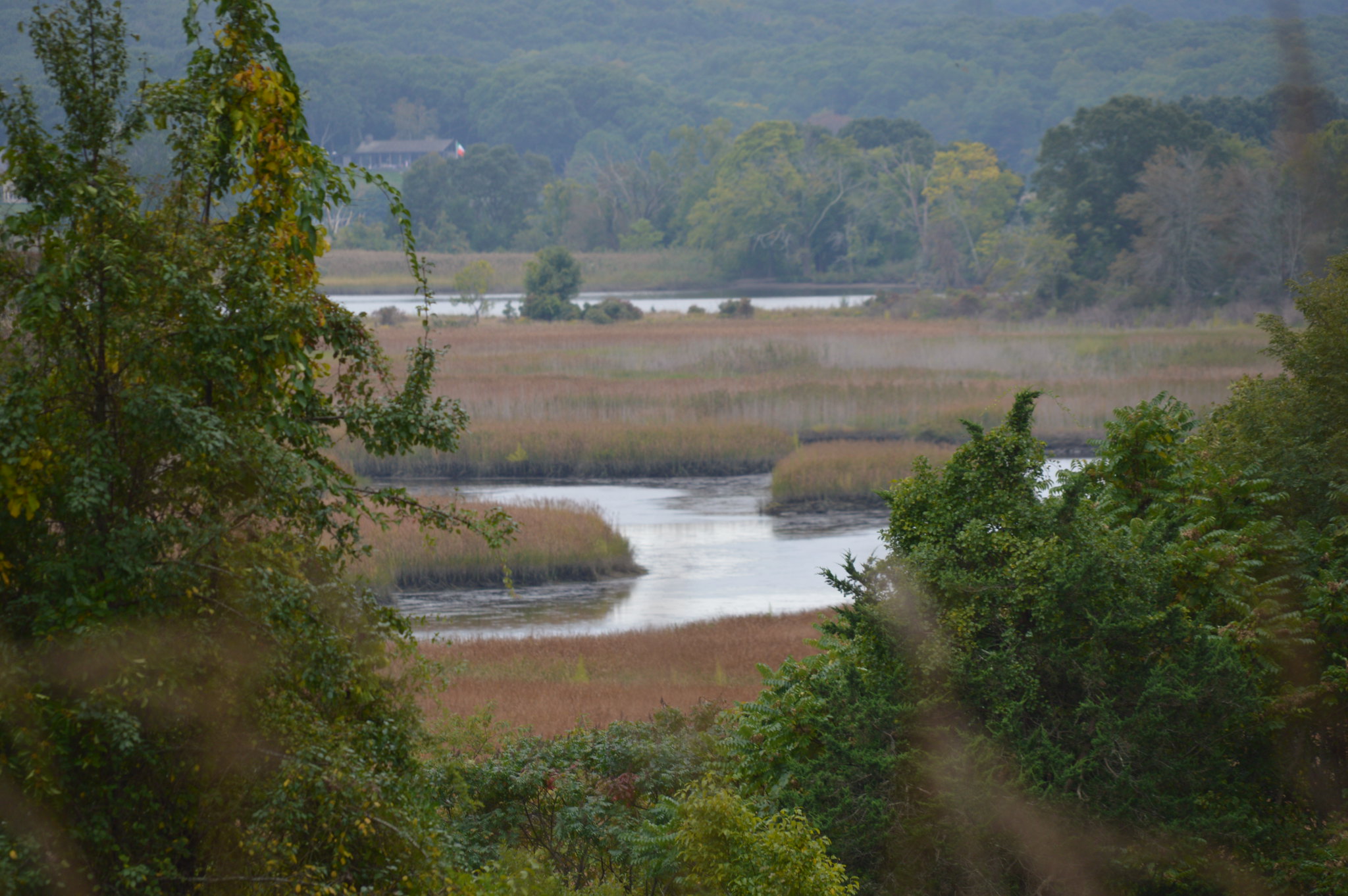NOAA Research Reserve Receives Enthusiastic Welcome in Connecticut
The Takeaway: NOAA’s Connecticut National Estuarine Research Reserve, the nation’s 30th, signals an exhilarating new era for the state’s coastal education, research, and ecotourism sectors.

In January 2022, NOAA and the State of Connecticut designated 52,160 acres in the southern part of the state as the Connecticut National Estuarine Research Reserve. “We’re excited that some of the amazing natural resources of Long Island Sound, the Connecticut River, and some of our state parks and natural area preserves will be utilized as a ‘living laboratory’ that can help advance national efforts in addressing issues such as climate change and environmental stewardship now and in the future,” states Governor Ned Lamont, capturing the sentiments of many state and local officials and coastal advocates.
Staff members from the University of Connecticut’s Department of Marine Sciences direct the reserve programs and goals with input from local partners, while NOAA provides funding and national guidance. The university’s Avery Point campus and the state’s Marine District Headquarters are within reserve boundaries and are involved in its operation.
U.S. Senator Richard Blumenthal (D-CT) describes the new designation as “a momentous scientific and environmental milestone for Connecticut,” adding that it will “bolster hands-on environmental education programs for Connecticut schools, inspiring the next generation of scientists.”
The reserve also reflects the Biden-Harris Administration’s America the Beautiful initiative to conserve at least 30 percent of U.S. lands and waters by the year 2030. This estuary has long been popular with outdoor adventurers that include hikers, birders, and boaters. New programs will educate many more about the natural treasures to be discovered here, and the critical importance of their conservation.

Photo credit: Judy Benson
Balancing ecology and economy
These lands and waters provide an important natural buffer to the human activities around Long Island Sound. The sound shelters delicate creatures and habitat, while it also brings into the U.S. Northeast region an estimated $7 billion annually through commercial fishing, shipping, tourism, community ferries, and other industries.
More than 200 native and migrant bird species have been identified within the reserve’s footprint, including species of concern that include the piping plover, American oystercatcher, and least tern. Wide-ranging habitat includes salt marsh, brackish coves, rocky islands, beaches, and coastal forests. Abundant shellfish beds and eelgrass nurture clams, mussels, crabs, and scallops.
Great Island, within the reserve’s boundaries, contains a historically important shelter and burial pit by First Nation Peoples that places them in this area more than 4,700 years ago.

Photo credit: Kevin P. O’Brien
Many supporters made Connecticut’s research reserve possible. “Partnerships are key to the success of our research reserves, and support from the Connecticut congressional delegation, state officials, and local leaders was critical to this designation,” emphasizes Nicole LeBoeuf, assistant administrator of NOAA’s National Ocean Service.
To learn more, visit the Connecticut Reserve website. (2022)
Partners: Connecticut Audubon Society, Connecticut Department of Energy and Environmental Protection, Connecticut National Estuarine Research Reserve, Connecticut Sea Grant, NOAA, University of Connecticut Department of Marine Sciences
PRINT